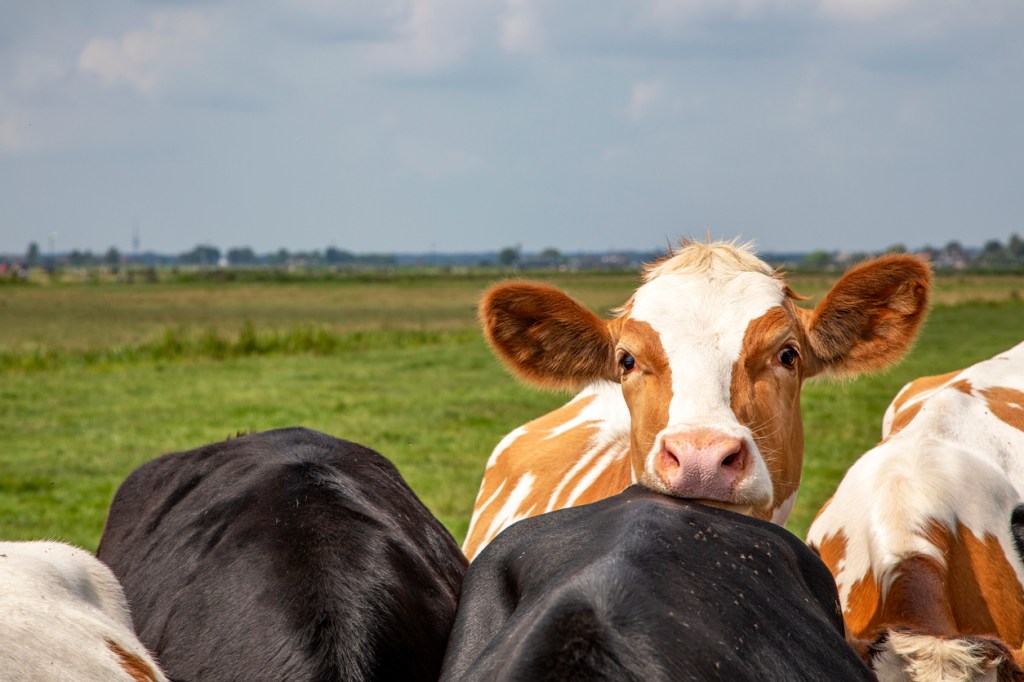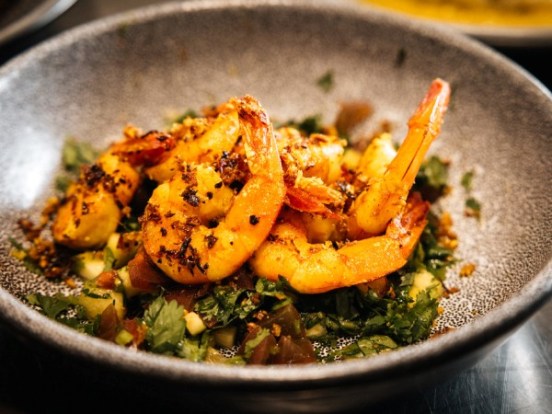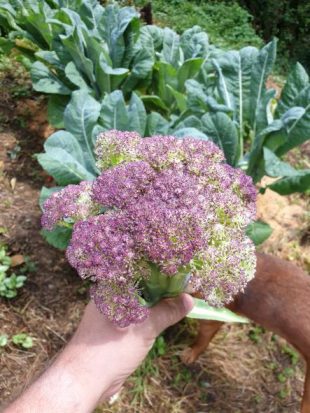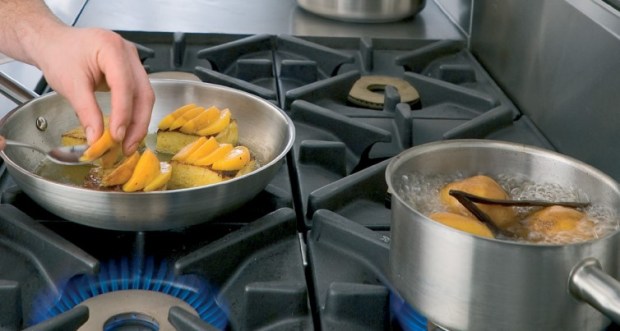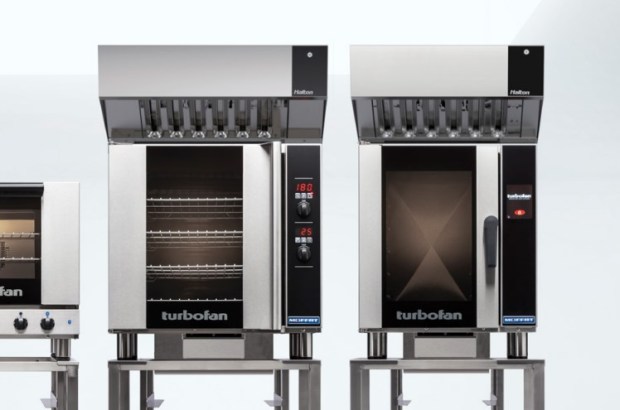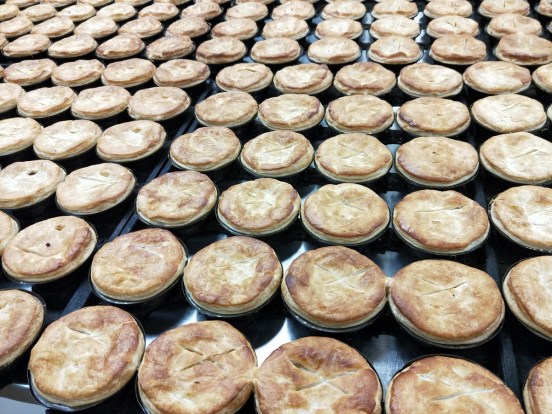Welcome to Nose to Tail month! July 2020 has been nominated the inaugural month to celebrate all parts of the animal by NZ Beef & Lamb.
Nose-to-tail dining is not a new concept for chefs. It has been around for a couple of decades made popular around the world by such chefs as Fergus Henderson and the late Anthony Bourdain. It centres around using the more neglected cuts of meat to honour and respect the environment and the animal through its journey from paddock to plate.
It would be safe to say that New Zealand chefs have been proudly embracing this philosophy for many years. They know it’s their responsibility to use as much of an animal as possible to reduce waste and bring sustainability into their kitchens. It’s also a great way to add an exciting element to the plate and introduce customers to something they may have never tried or would not be able to create at home.
Cuts such as lamb shanks, shins, oxtails and cheeks were once thrown to the dogs. However, over the years, these cuts have become the heroes on restaurant menus, thanks to our talented chefs. Chefs should not shy away from using offal on their menus though. If consumers are struggling a bit with getting their palate around eating cuts such as heart, sweetbreads, tongue or livers then being able to order it off a restaurant menu where it has been cooked by a chef, is a great place for them to begin to enjoy the benefits of eating nose-to-tail.
David Burt of Bracken Restaurant in Dunedin, loves working with offal and always has Haggis in some form on his menu, whether it’s breakfast, lunch or dinner. David is originally from Scotland and says it is quite unique to see offal on a restaurant menu in New Zealand. But growing up in Scotland he learned to cook with offal even before his chef training began. He says it gives Bracken’s menu a point of difference and his customers just cannot get enough of it.
He avoids cooking his haggis using the traditional sheep’s stomach as this gives it a much stronger flavour which could overpower the palate. He prefers a more mellow mix of livers, hearts, lungs, kidneys and whatever is available combined into a meatloaf mixture with onions, oats, herbs and spices. He can then use it in a variety of ways such as a filling for ravioli, haggis sausages, pan fried rounds, mousse, black pudding and often serves it with his famous whiskey sauce.
Haggis works so well as a secondary cut paired with any prime cut of beef or lamb and David says he even likes to serve it as a stuffing inside whole fish to give a Scottish twist on surf and turf. David is a huge fan of offal and not just served as Haggis. He says cuts like hearts and livers, if prepared correctly, offer lovely pieces of lean meat which can be pan fried and mixed through a salad with a bit of garlic and herbs. These cuts are cheap and full of nutrients.
Sweetbreads are a more traditional menu item served either as an entrée or alongside one or two prime cuts. Norka Mella Munoz, Head Chef at Mangapapa Hotel in the Hawkes Bay, always serves a crumbed sweetbread on her lamb dish. She says preparation is the key. She ensures the outer membrane is peeled away and then blanches the sweetbreads in a mixture of milk, water, stock, bay leaf, garlic and thyme. She removes them before they are completely cooked, allows to cool and then crumbs them ready to deep fry for service.
Norka says a crumbed sweetbread adds a delicious light crunchy texture to her lamb dish and it sits well with her philosophy of using as many parts of an animal as possible, to minimise waste.
The ever-popular beef cheeks take pride of place at Mangapapa as an entrée. Norka slow cooks the cheeks with wine and a mirepoix. When the cheeks are meltingly tender, she presses them into a long tray and refrigerates them overnight. The cheeks are then served as rectangular slices reheated in their juices alongside creamy polenta.
Norka also bestows the benefits of cooking up bones. She loves to simmer beef bones into a delicious broth to serve at home with noodles for her family. For her restaurant menu though, Norka has served bone marrow as an accompaniment alongside a Wakanui eye fillet. Once again preparation is key and Norka blanches the beef bones first before cooling quickly in cold water. She then sprinkles a crumb of bread, garlic, parmesan and herbs on top before roasting in the oven for 15-20 minutes.
For Platinum Ambassador Chef, Darren Wright of Chillingworth Road in Christchurch, having some more cost-effective cuts of beef and lamb on the menu post Covid has been a no brainer. Darren says once lock down lifted, he was conscious of what costs he could control to get Chillingworth Road open for his customers.
Food costs was one such thing and by removing the more expensive prime cuts from his menu and introducing secondary cuts such as lamb shoulder and lamb tongue has helped halve his food costs. Darren created his lamb dish by braising the lamb tongue overnight until it was super tender. He then peels the tongues the next day, slices them lengthways and coats them in a spiced gluten free mix before pan frying until crisp. He serves these with a Te Mana oyster cut lamb shoulder as a main course.
His customers love his new lamb dish and have enjoyed trying something new such as tongue. It adds that crispy texture which contrasts so well with the soft tender shoulder and makes for a cost effective and delicious dish.
If you have a nose-to-tail question then please get in touch here.


